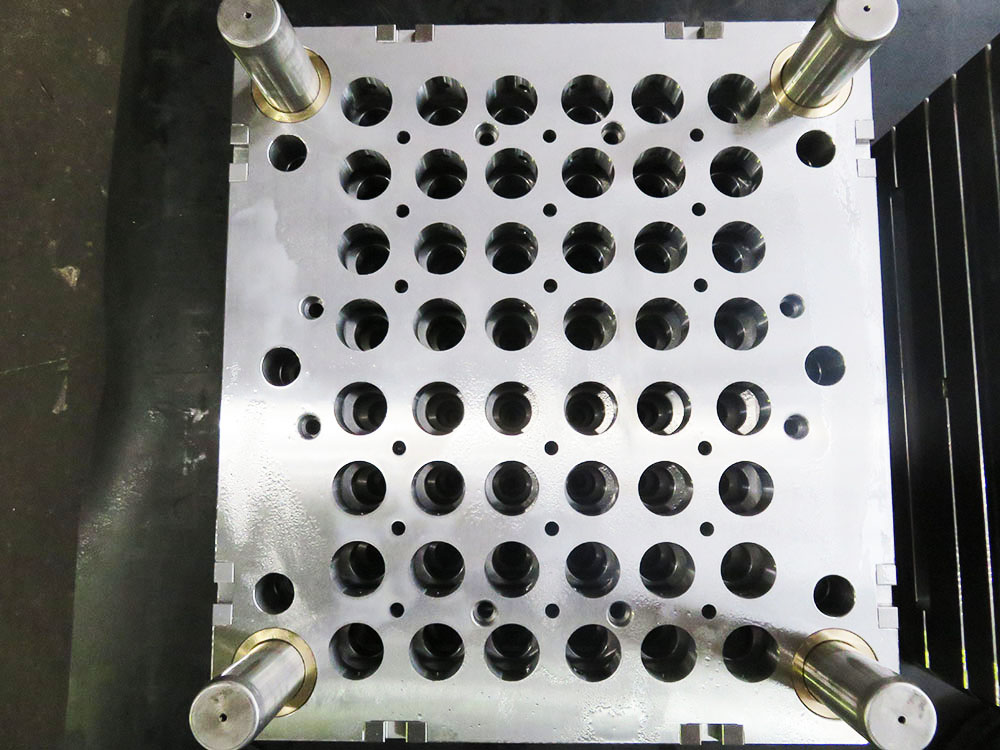Rectifying Excessive Length of Unconstrained Support Framework in the Mold Base Industry
In the mold base industry, an important aspect of ensuring the accuracy and stability of molds is the support framework. However, one challenge that often arises in this industry is dealing with excessive length of the unconstrained support framework. This article will discuss the causes of this issue and provide solutions to rectify it, ensuring optimal performance in mold base manufacturing.
Causes of Excessive Length in Unconstrained Support Frameworks
There are several factors that can contribute to the excessive length of unconstrained support frameworks in the mold base industry:
1. Design miscalculations: Inaccurate calculations during the design phase can result in an unconstrained support framework that is longer than necessary. This can happen when engineers underestimate the weight and pressure that the framework needs to support.
2. Material expansion: Many materials used in mold base manufacturing are susceptible to expansion under high temperatures. When the support framework is not designed to accommodate this expansion, it can result in excessive length as the material expands.
3. Faulty assembly: Improper assembly of the support framework can also lead to excessive length. If components are not aligned correctly or if there are gaps between them, the framework may need to be elongated to compensate for these gaps.
Rectification Solutions
To rectify the issue of excessive length in unconstrained support frameworks, the following solutions can be implemented:
1. Accurate design calculations: It is crucial to accurately calculate the weight and pressure that the support framework needs to bear. Engineers should consider factors such as the weight of the mold, the materials used, and the expected pressures during the molding process. By ensuring accurate calculations, the length of the support framework can be optimized.
2. Thermally compensating design: Taking into account the expansion of materials due to high temperatures is important in ensuring the stability of the support framework. Engineers should factor in the coefficient of thermal expansion of the materials used and incorporate allowances for expansion in the design. This will help prevent excessive length when the materials expand.
3. Precision assembly: Proper assembly techniques play a crucial role in avoiding excessive length in unconstrained support frameworks. Components should be aligned accurately and securely fastened together, leaving no gaps between them. This will eliminate the need to compensate for misalignment or gaps by increasing the length of the framework.
4. Utilize adjustable support elements: Incorporating adjustable elements into the support framework design can provide flexibility in adjusting the length as needed. Adjustable support elements allow for fine-tuning the framework's length, ensuring that it is optimized for its intended purpose.
Conclusion
In the mold base industry, excessive length in unconstrained support frameworks can lead to complications and hinder the overall performance of molds. By addressing the causes of this issue and implementing rectification solutions, manufacturers can ensure that their support frameworks are optimized for accuracy, stability, and longevity. Accurate design calculations, thermally compensating design, precision assembly, and the utilization of adjustable support elements all contribute to rectifying excessive length, leading to improved mold base manufacturing processes.




